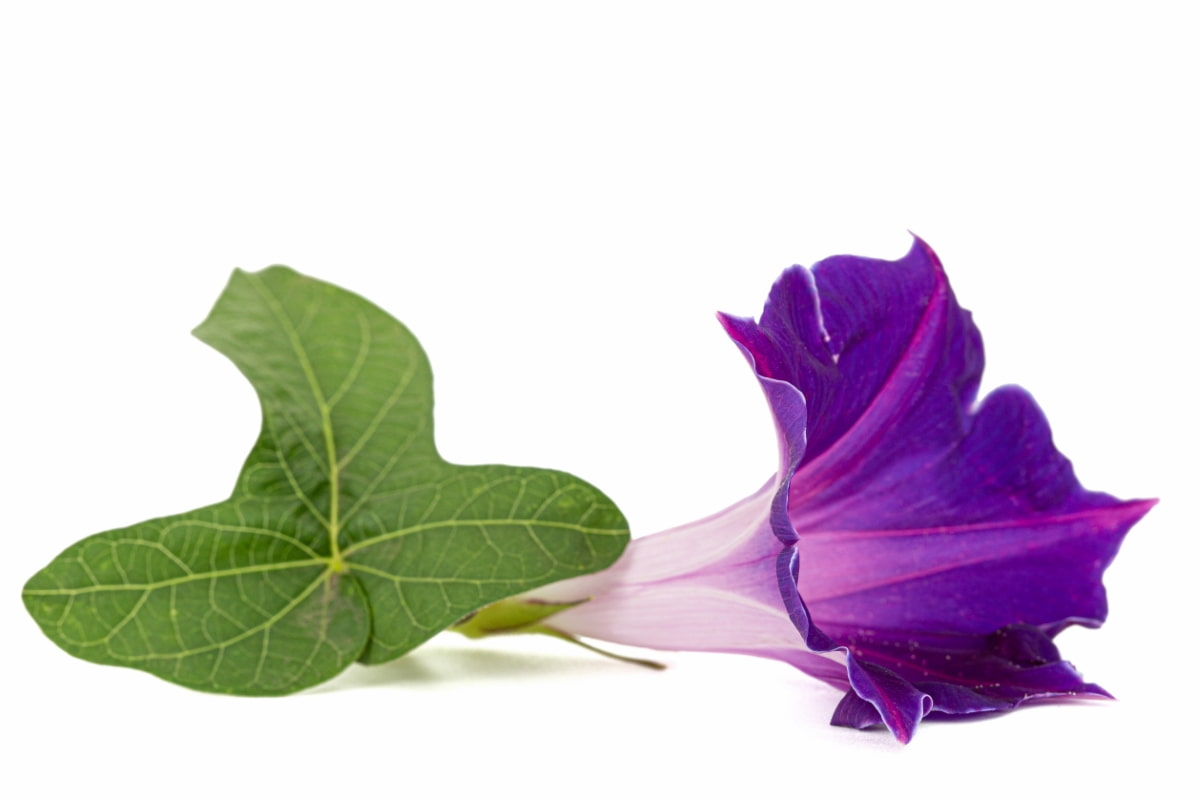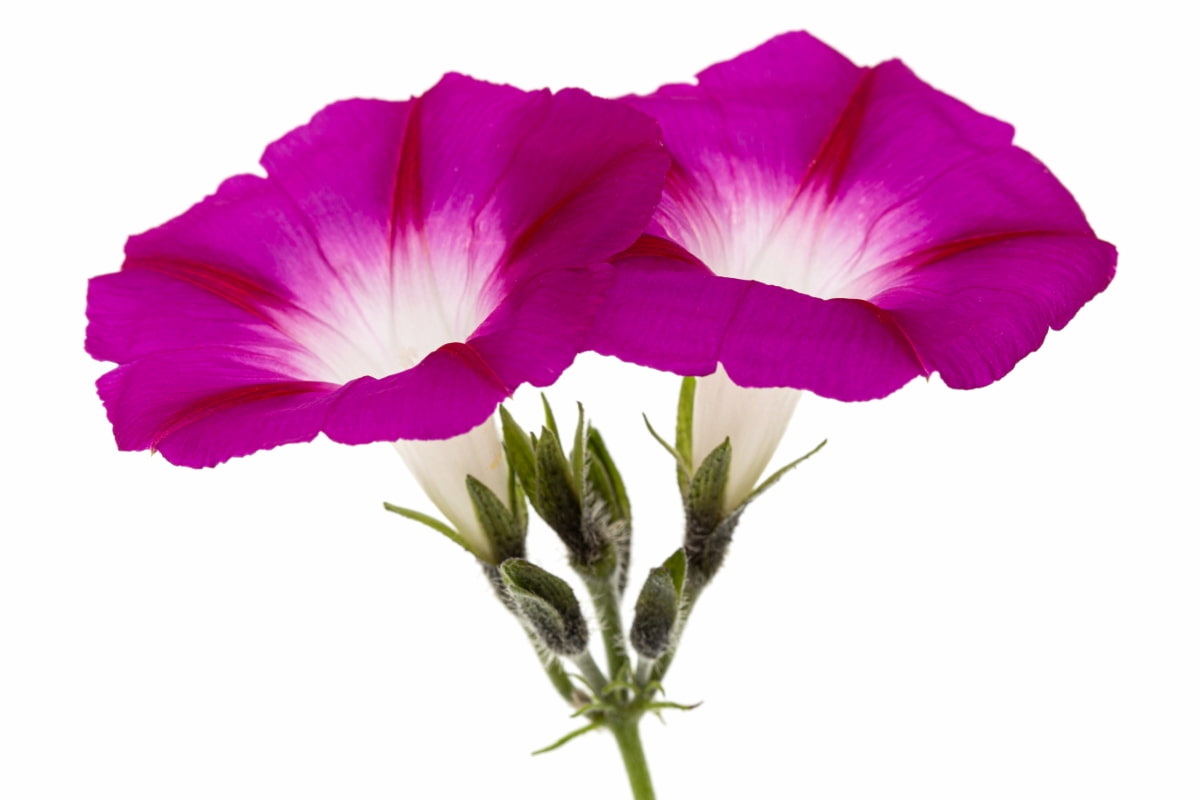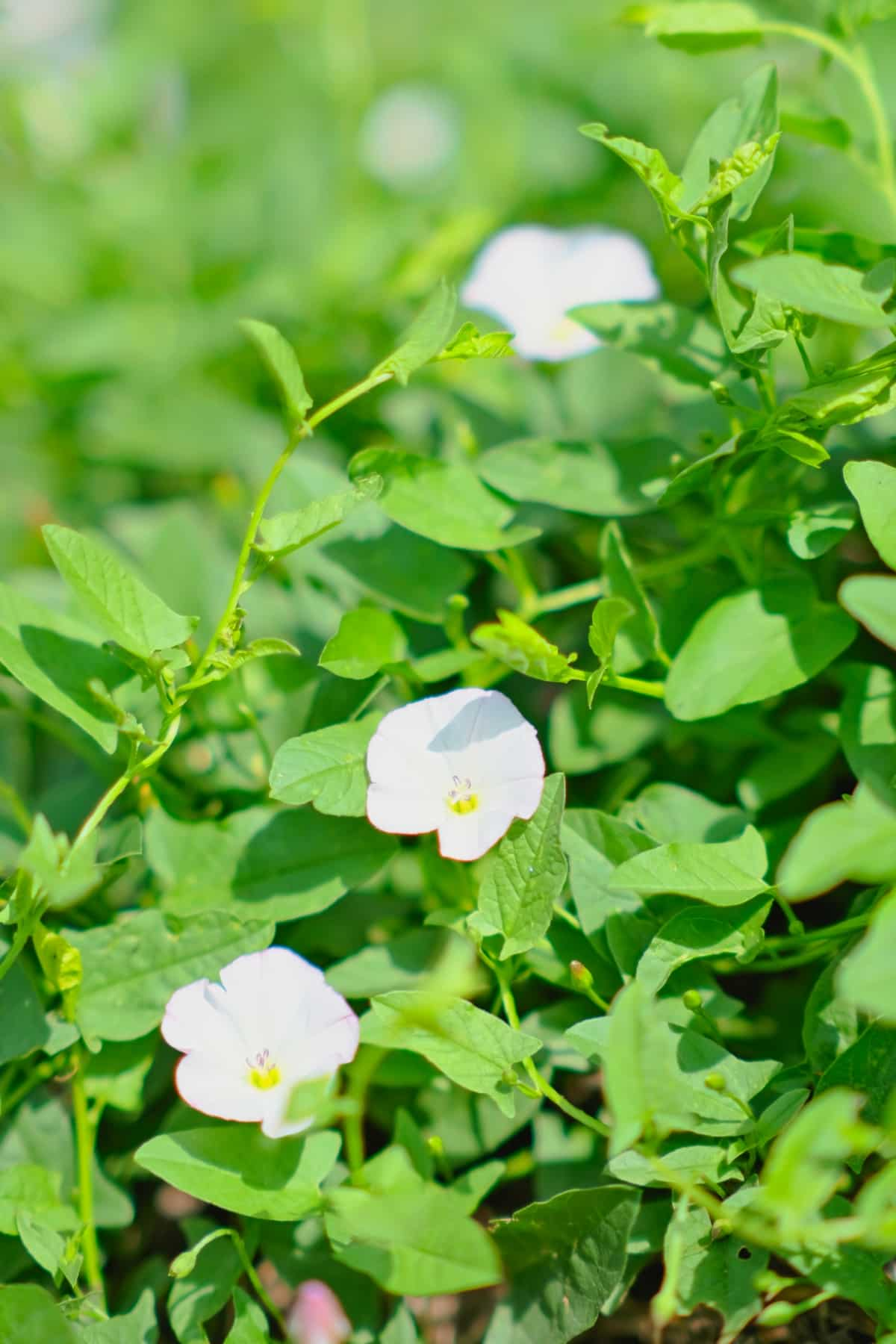Shankhpushpi, a plant renowned for its enchanting flowers and medicinal properties, is a delightful addition to any garden or indoor space. Whether you’re an experienced gardener or a novice, understanding how to cultivate shankhpushpi can lead to a rewarding experience.

This guide will dive into the essentials of growing shankhpushpi, including choosing the right location, soil preparation, propagation techniques, and essential care practices like watering, fertilizing, pruning, and pest management. By mastering these elements, you can successfully grow and maintain vibrant shankhpushpi plants in various settings, from pots in urban apartments to garden beds in rural homes.
How to Grow Shankhpushpi Plant
Understanding the Shankhpushpi Plant
Shankhpushpi, known for its striking blooms and medicinal value, is a versatile plant that can be grown in various environments, including indoors and in pots. This plant, often referred to as aparajita or butterfly pea flower, is cherished for its vibrant flowers and bushy appearance. Growing shankhpushpi from seeds or cuttings is a rewarding experience, allowing gardeners to witness the transformation of this plant from a small cutting or seed into a lush, flowering specimen.
Whether you’re looking to create an indoor green space or a garden centerpiece, understanding the growth requirements and characteristics of the shankhpushpi plant is the first step towards successful cultivation.
Selecting the Right Location for Growing Shankhpushpi
The key to growing shankhpushpi successfully lies in choosing an appropriate location. This plant thrives in bright, indirect sunlight when grown indoors, making it an ideal choice for spaces with limited direct sunlight. For outdoor planting, selecting a spot that receives ample morning light but is shielded from the harsh afternoon sun will promote healthy growth. If you’re in a region with a cooler climate, growing shankhpushpi in pots can offer the flexibility to move the plant indoors during colder months, ensuring its survival and continued growth.
Preparing the Soil for Shankhpushpi Planting
Soil preparation is crucial for the healthy growth of shankhpushpi plants. The soil should be well-draining yet capable of retaining enough moisture to sustain the plant. Adding organic matter or compost can enhance soil fertility, providing the necessary nutrients for the plant to flourish. For potted shankhpushpi, using a potting mix specifically designed for flowering plants can yield better results, as these mixes are tailored to support robust bloom production and overall plant health.
In case you missed it: How to Use Neem Oil on Bougainvillea: Best Natural Way to Get Rid of Pests on Bougainvillea

Propagation of Shankhpushpi Plant
Propagation of shankhpushpi can be done through both seeds and cuttings, providing flexibility for gardeners. Growing shankhpushpi from seed involves sowing the seeds in a well-prepared soil mix and ensuring they receive consistent moisture and warmth to germinate. Alternatively, propagating shankhpushpi from cuttings, including aparajita and butterfly pea flower cuttings, is a quicker way to establish the plant.
Cuttings should be placed in a moist soil mix and kept in a warm, bright location to encourage root development. This method is especially useful for those looking to make their aparajita plants bushier, as cuttings can be strategically placed to create a fuller appearance.
Planting Shankhpushpi Seeds or Seedlings
Once the seeds have germinated or the cuttings have rooted, the next step is to transplant them into their final growing location. For seeds, this involves carefully moving the seedlings to a prepared bed or pot, ensuring they are spaced adequately to allow for growth. For cuttings, transplanting can be done once a healthy root system has developed. This stage is crucial for the future growth of the plant, as proper planting ensures the roots can spread out and establish themselves, leading to a stronger, more resilient shankhpushpi plant.
Watering and Moisture Management for Shankhpushpi
Watering and moisture management are vital for the health of the shankhpushpi plant. The plant prefers consistent moisture, but overwatering can lead to root rot and other issues. Establishing a regular watering schedule and adjusting for weather conditions and the plant’s growth stage is essential.
In case you missed it: Irrigation Management Strategies for Broccoli Farms: Broccoli Watering Techniques

For indoor plants, monitoring soil moisture can prevent over or under-watering. In outdoor environments, applying mulch around the shankhpushpi plant’s base aids in conserving soil moisture and stabilizing temperature, thus promoting the plant’s overall well-being and vitality.
Fertilizing and Nutrient Requirements for Shankhpushpi
Fertilizing is a critical aspect of caring for shankhpushpi plants. These plants benefit from regular feeding, especially during their active growth and blooming phases. Regularly using a well-balanced, water-soluble fertilizer at recommended intervals can provide vital nutrients for strong growth and vibrant flowers. Care should be taken to adhere to the recommended dosage to prevent plant damage from excessive fertilization. Moreover, enriching the soil with organic matter enhances nutrient availability and overall soil quality, promoting the long-term health of the shankhpushpi plant.
Pruning and Maintenance of Shankhpushpi Plant
Pruning and regular maintenance are essential for keeping shankhpushpi plants healthy and aesthetically pleasing. Pruning helps shape the plant, encouraging bushier growth and removing dead or diseased parts. It’s best to prune the plant after the blooming season, cutting back the stems to promote new growth.
Regularly removing spent flowers can also encourage more blooms. For indoor plants, dusting the leaves and checking for any signs of stress or damage is a good practice. These maintenance steps not only enhance the plant’s appearance but also improve its overall health and flowering capacity.
Dealing with Pests and Diseases in Shankhpushpi
Shankhpushpi plants, like all plants, are susceptible to pests and diseases. Common pests include aphids, spider mites, and mealybugs, which can be managed using insecticidal soaps or neem oil treatments. It’s important to inspect the plants regularly and act promptly at the first sign of infestation.
In case you missed it: How to Prune Artichoke Plants for Optimal Growth

Proper soil drainage and avoiding excessive watering can help prevent diseases like root rot and fungal infections. If a disease is detected, affected parts should be removed, and fungicides can be applied as needed. Good cultural practices, like proper spacing and air circulation around the plants, can also help in preventing many common pest and disease problems.
Conclusion
Cultivating shankhpushpi plants is a journey that combines patience, care, and a bit of gardening savvy. From selecting the ideal location to understanding the intricacies of fertilization, pruning, and pest management, each step plays a crucial role in the plant’s health and beauty. Whether grown from seeds, cuttings, or purchased as seedlings, shankhpushpi offers a rewarding experience to gardeners of all levels.
By following these guidelines, you can enjoy the lush foliage and stunning blooms of shankhpushpi, adding a touch of nature’s splendor to your surroundings. Remember, the key to a thriving shankhpushpi plant lies in consistent care and a deep appreciation for its unique growing needs.
- Feed Your Flock for Less: Top 10 Tips to Save on Chicken Feed
- Ultimate Guide to Ossabaw Island Hog: Breeding, Raising, Diet, and Care
- Hatching Answers: The Top 10 Reasons Your Chickens Aren’t Laying Eggs
- Eggs and Economics: Breaking Down the Cost of Raising Backyard Chickens
- Defend Your Greens: Proven Methods to Keep Iguanas Out of Your Garden
- Ultimate Guide to Cinnamon Queen Chicken: A Comprehensive Guide for Beginners
- Ultimate Guide to California Tan Chicken: Breeding, Raising, Diet, Egg-Production and Care
- Ultimate Guide to Marsh Daisy Chicken: Breeding, Raising, Diet, and Care
- 10 Types of Chicken Farming Businesses You Can Start for Profits